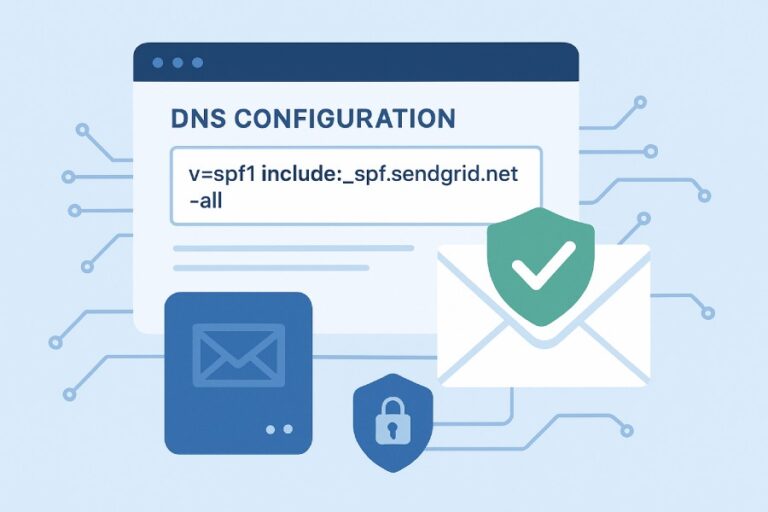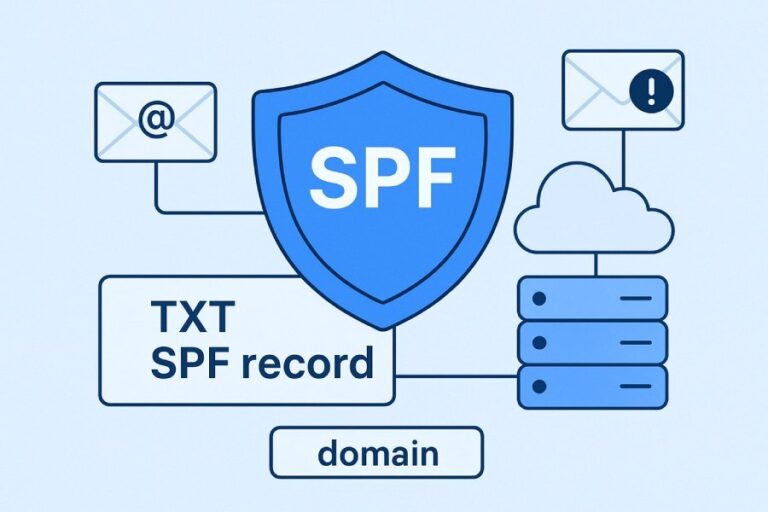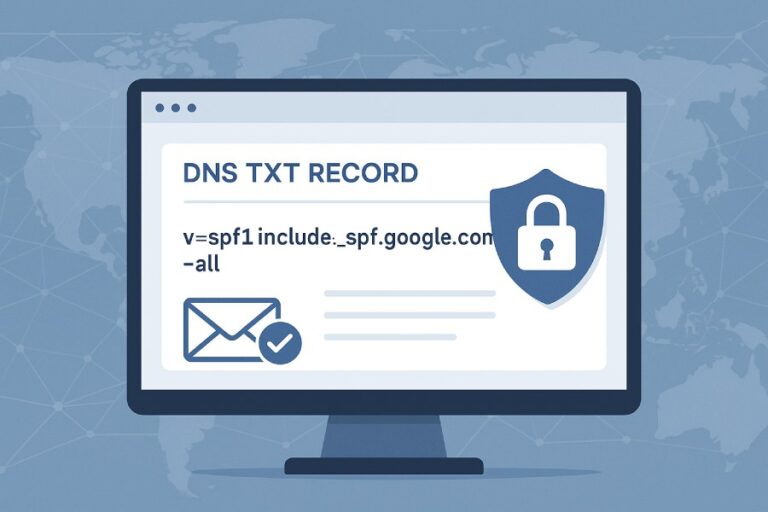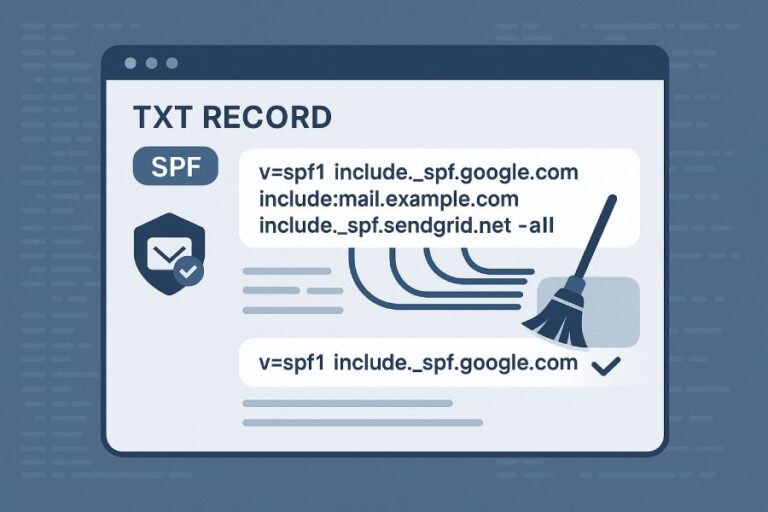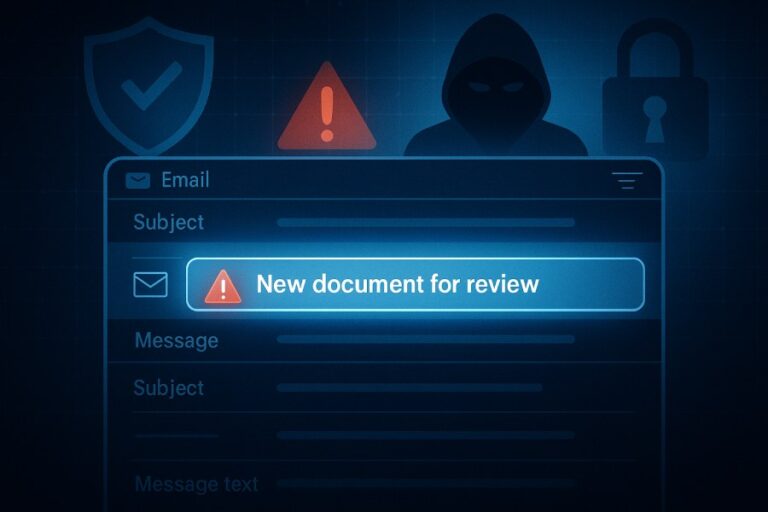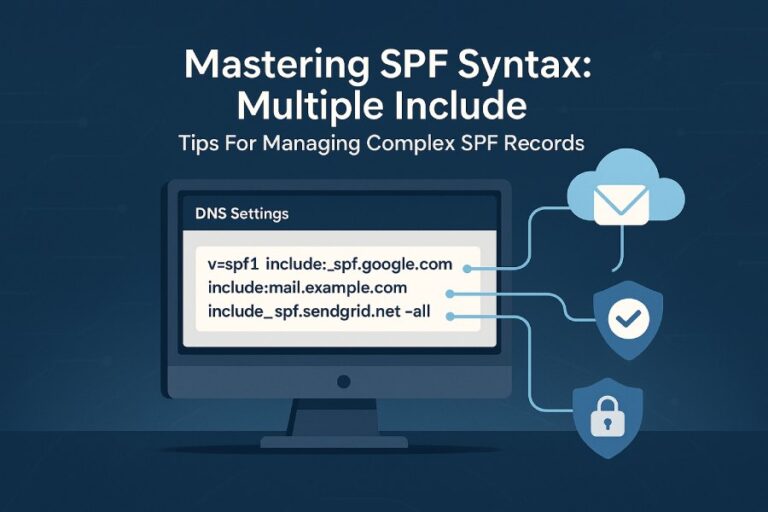The after-effects of SPF misalignments that you should know about
Implementing SPF is basically listing all the addresses and sources that send email on your behalf. But that’s only a surface-level understanding of the protocol. In reality, SPF works on a much deeper level. It lets the receiving server check if the incoming email is really coming from where it claims to. We say this…



